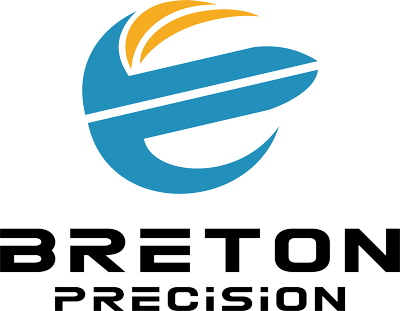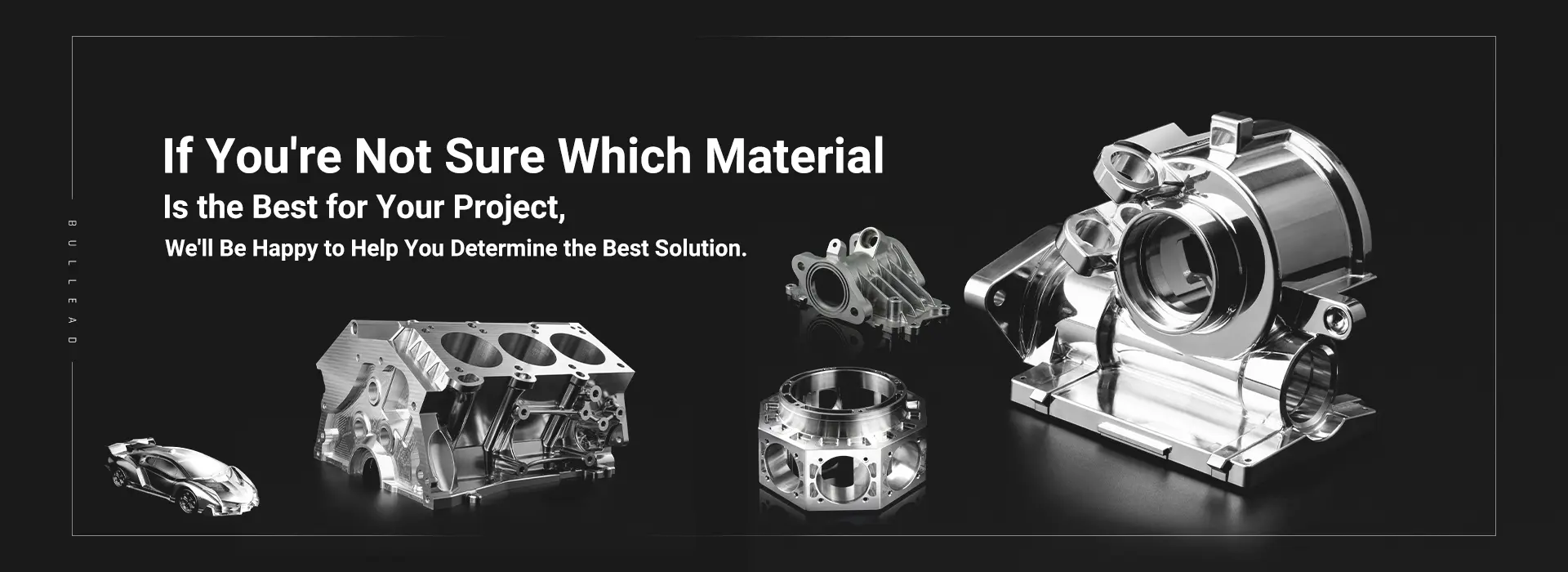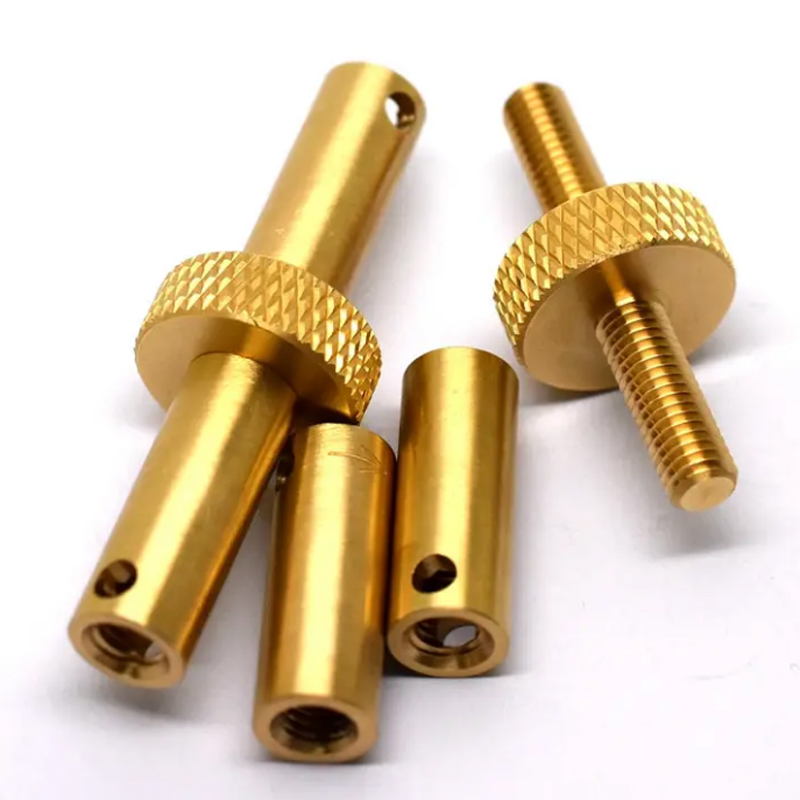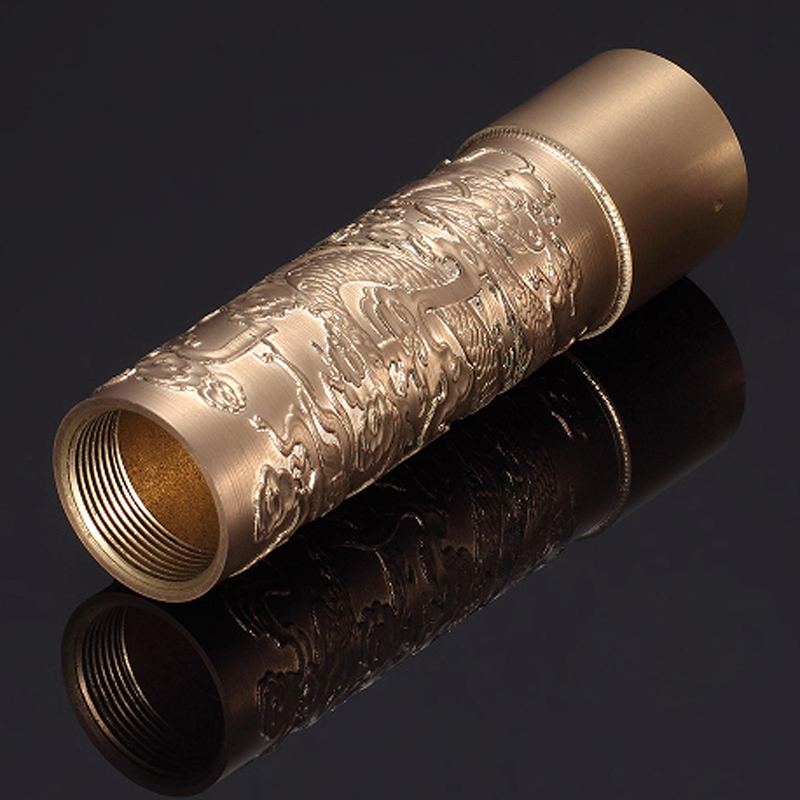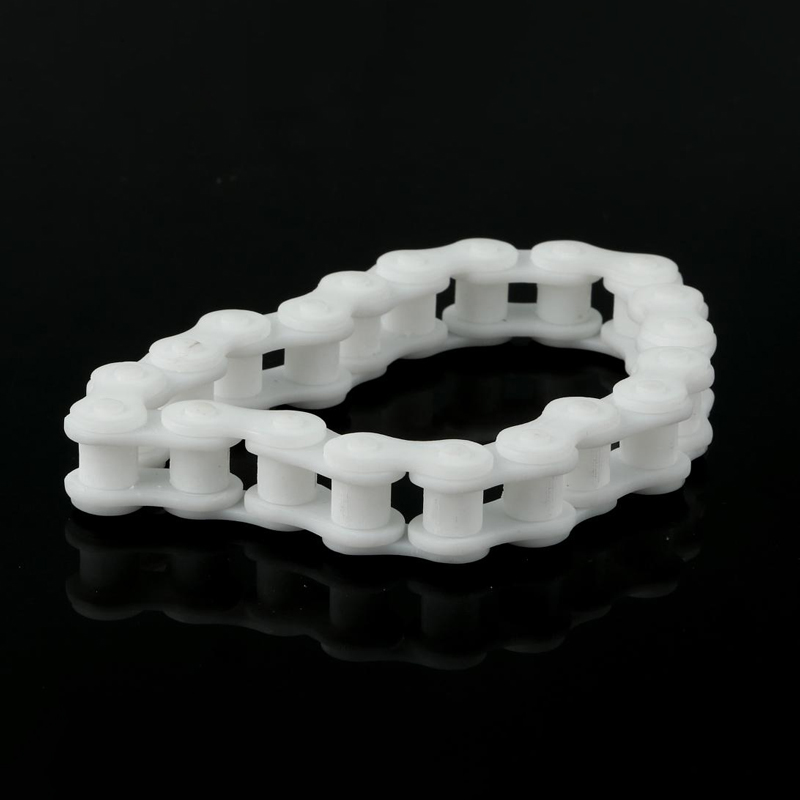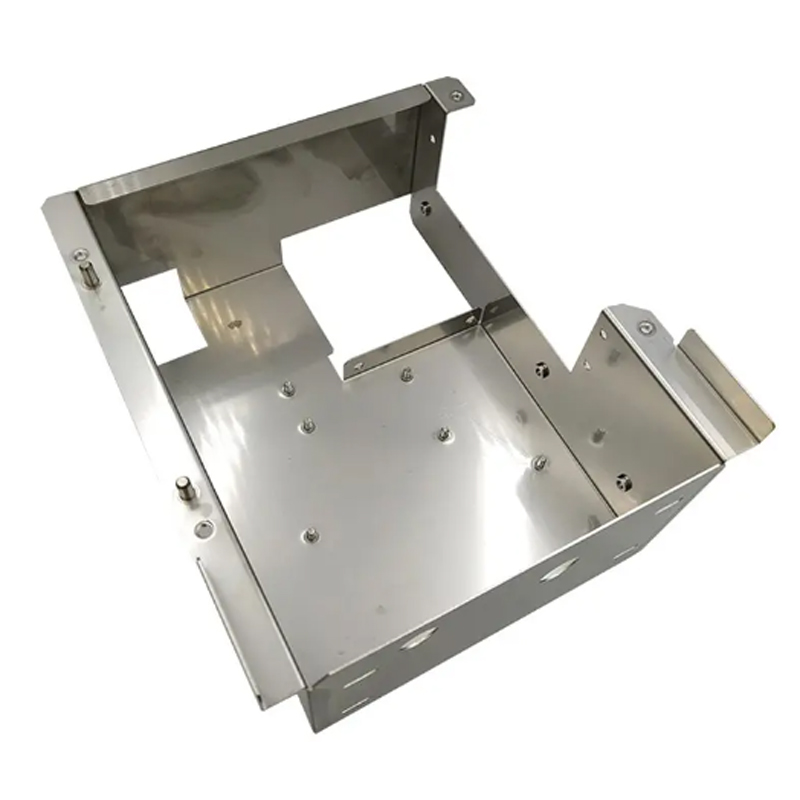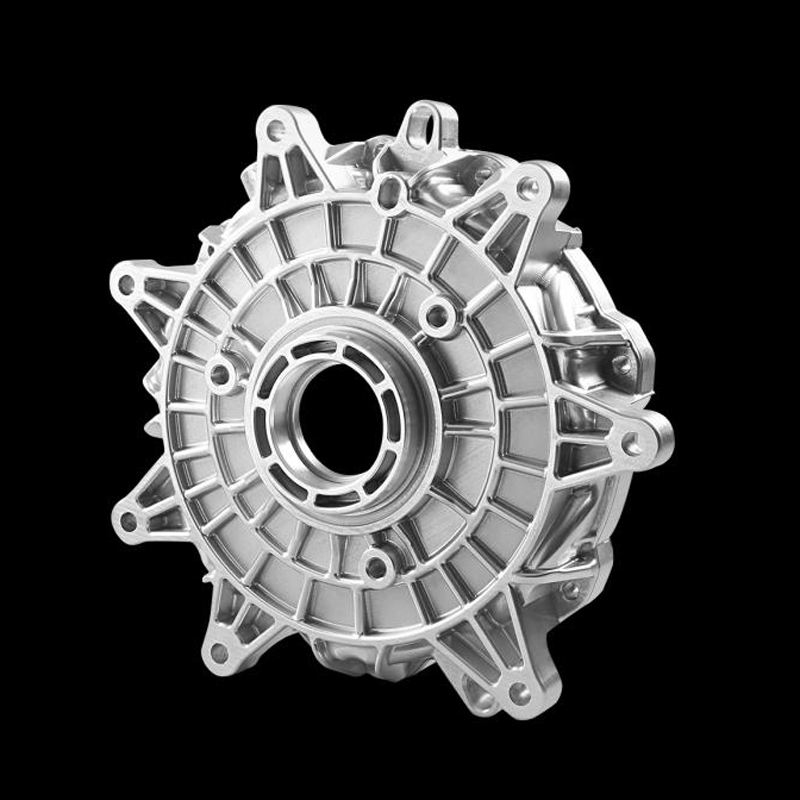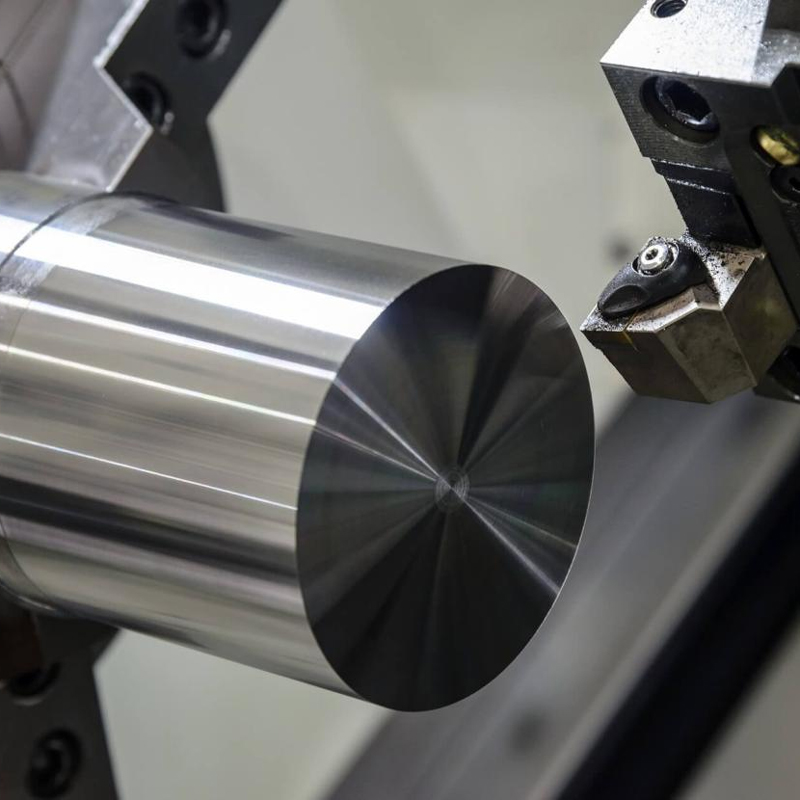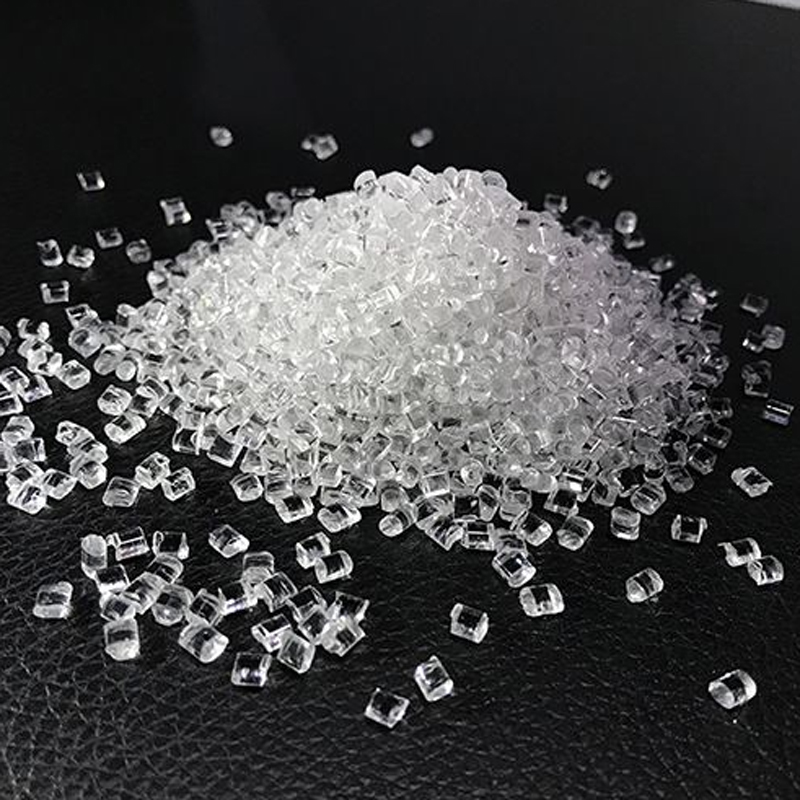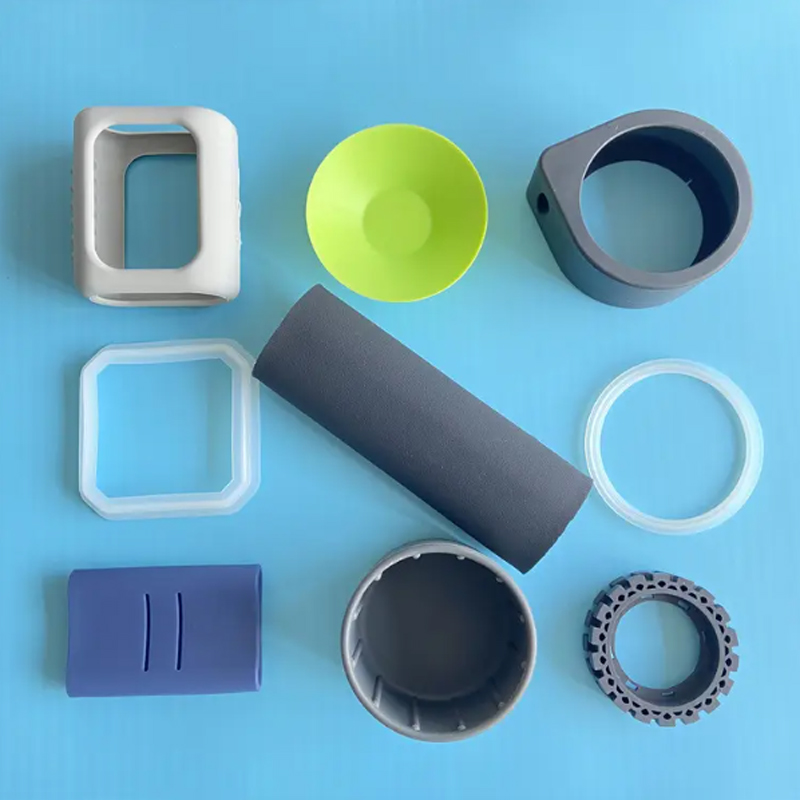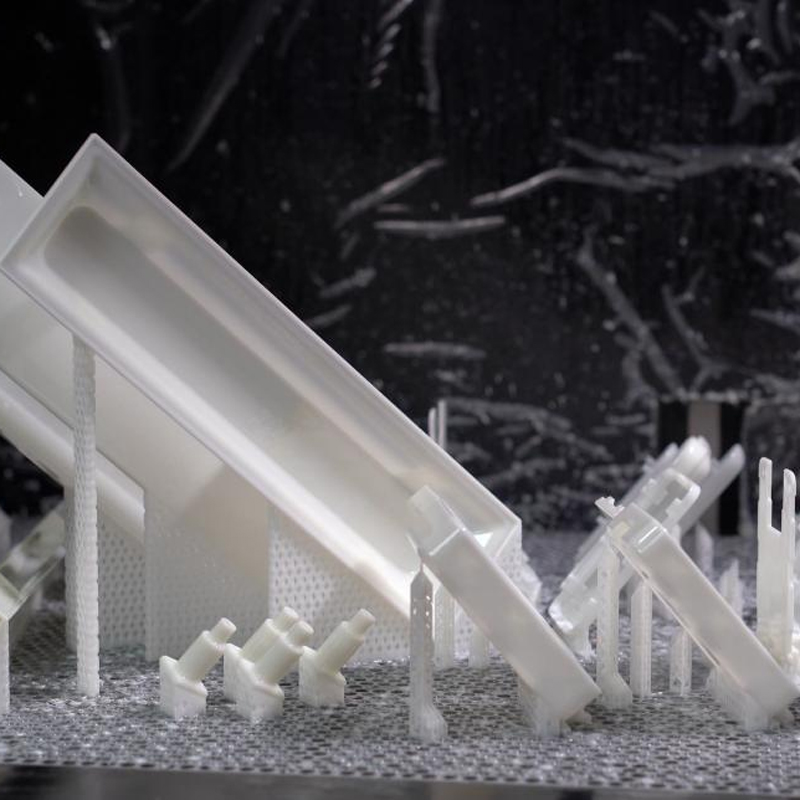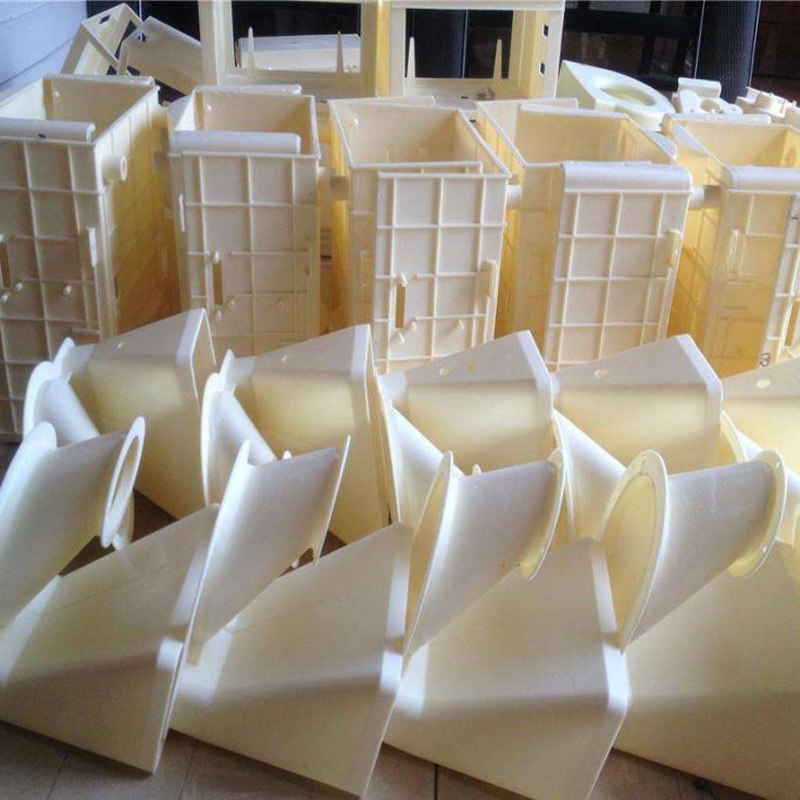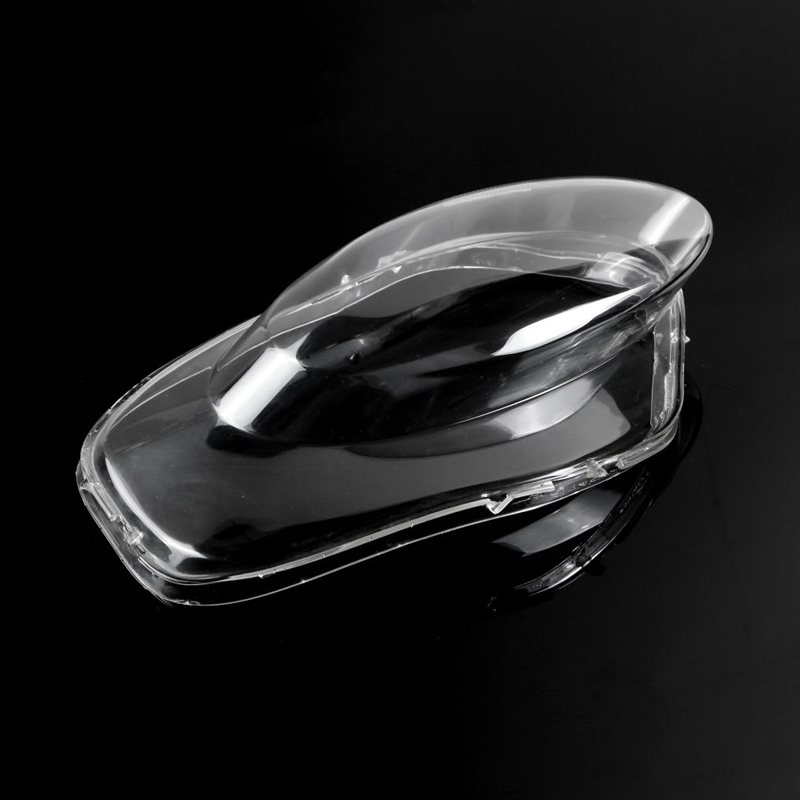binder jetting 3d printing
Binder jetting, an innovative and versatile technology within the realm of 3D printing, has revolutionized the manufacturing landscape by offering unparalleled precision, speed, and material versatility. This additive manufacturing method harnesses the power of digital design to create complex, three-dimensional objects layer by layer, but with a unique twist. Rather than employing lasers or extrusion heads to deposit material, binder jetting selectively sprays a liquid binding agent onto a bed of powder particles, consolidating them into a solid structure as the layers accumulate. The process begins with a digital model of the desired object, which is sliced into thin, virtual layers by software. This layer data then guides the precise movements of a print head, which traverses back and forth across a bed filled with a fine powder, typically ceramic, sand, metal, or plastic. The binder, a liquid adhesive tailored to the specific powder material, is selectively jetted onto the powder surface according to the layer's geometry, binding together the particles where the object is to be formed. Once a layer is completed, the bed is lowered slightly, and a fresh layer of powder is spread over the top, ready for the next layer of binder to be applied. The sequential application of powder and binder continues until the entire object is built up, encased in a supporting matrix of unbound powder. This "green" state, where the object is partially bound but not yet fully solidified, allows for easy removal from the powder bed. Post-processing steps, such as sintering or infiltrating with additional materials, can then be employed to enhance the object's strength, durability, and final properties, transforming it into a fully functional, high-quality product. Binder jetting's appeal lies in its ability to produce large-scale parts and complex geometries cost-effectively and at high volumes. The technology's scalability enables manufacturers to transition seamlessly from prototyping to mass production, with minimal changes to the printing process. Furthermore, the wide range of materials compatible with binder jetting—from lightweight plastics to high-performance metals and ceramics—opens up new possibilities for industries seeking to optimize their supply chains and product portfolios. In the field of medical devices, binder jetting enables the creation of patient-specific implants and prosthetics with intricate geometries that cannot be achieved through traditional manufacturing methods. Aerospace engineers leverage this technology to print lightweight structures with internal channels for efficient heat management and reduced material waste. And the construction sector is exploring the use of binder jetting for large-scale prefabrication, reducing construction time and labor costs while enhancing design flexibility.
